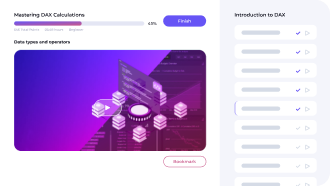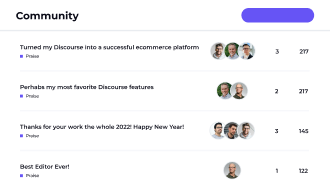Custom Visual Guide
Forecasting TBATS
Sam McKay
CEO & Founder
Forecasting TBATS
Time-series forecasting for series that exhibit multiple seasonalities using the TBATS model.
Imagine that your data is influenced by two seasonality factors. For example, an ice-cream seller expects a certain seasonality pattern that fluctuates daily, and weekly.
The TBATS model is a time-series model for series that exhibit multiple seasonalities.
You can control the visual attributes of the TBATS model to suit your needs.
Here’s how it works:
- Define the required “Date” field (of type “date” or “date/time”)
- Define the required “Value” field (numeric)
- Select the required seasonalities in “Forecasting settings”
- Use numerous formatting controls to refine the visual appearance of the plot
R package dependencies (which are auto-installed): zoo, scales, reshape2, ggplot2, plotly, forecast, lubridate, htmlwidgets, XML
Supports R versions: R 3.4.0, R 3.3.3, R 3.3.2, MRO 3.2.2
Warning: the optimization procedure for TBATS can be time consuming. It’s recommended only when your data exhibits multiple seasonalities.
NEW: support for tooltips on hover and selection.
This is an open source visual. Get the code from GitHub:
https://github.com/Microsoft/PowerBI-visuals-forcasting-tbats
The full version of this visual (supported in Power BI Desktop only) is available from the following location:
https://github.com/Microsoft/PowerBI-visuals-forcasting-tbats/tree/full
Loading
Capabilities.
- Can read and make changes to your document




